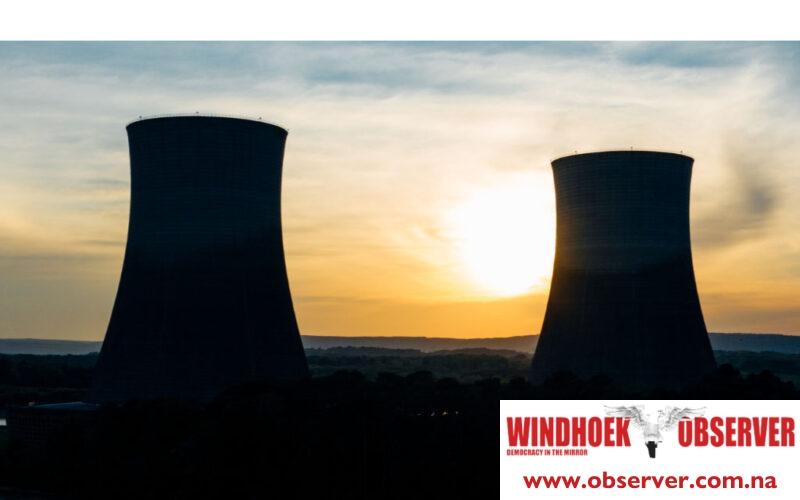FAUSTO MENDES
Namibia, with its abundant uranium reserves and growing energy needs, presents a unique case for evaluating the viability of constructing a nuclear power plant.
Advantages
Rich uranium resources Namibia is one of the world’s top uranium producers, ensuring a steady and local supply of the primary fuel for nuclear energy. This could significantly reduce logistical and procurement challenges.
A nuclear power plant could address Namibia’s energy demands while reducing reliance on imported electricity, particularly from neighboring countries like South Africa. The construction and operation of a nuclear plant could stimulate job creation, infrastructure development, and technological advancement, boosting the national economy. Nuclear energy offers a cleaner alternative to fossil fuels, aligning with global and regional goals for reducing greenhouse gas emissions.
Challenges
Building a nuclear power plant requires significant capital investment, which might be a barrier for a developing country like Namibia. Securing international financing and partnerships would be critical. The country currently lacks the advanced technical infrastructure and skilled workforce required for constructing and operating a nuclear plant. Substantial investments in education and training would be necessary.
Nuclear plants require large quantities of water for cooling, which may pose a challenge in Namibia, a country known for its arid climate and limited water resources. Developing a robust regulatory framework to oversee nuclear energy, ensure safety, and manage waste would be a complex and time-consuming process.
Public opposition and concerns about the environmental risks of nuclear energy, including waste management and potential accidents, could pose social and political challenges.
Criteria for Site Selection
While Namibia faces water scarcity, nuclear plants require adequate water for cooling. Possible solutions include: Coastal areas near the Atlantic Ocean. Areas near large underground aquifers. Close proximity to established electrical grids or areas that can be easily integrated. Accessibility for transporting materials, equipment, and waste. The plant should be located far from large populations to minimize risks in case of an accident. The IAEA recommends building nuclear plants in remote areas with safety buffer zones. The site should have low risk of earthquakes or other seismic activities to ensure the plant’s safety.
Potential Areas in Namibia
Erongo Region. Close to Rossing and Husab uranium mines. Proximity to ports like Walvis Bay and existing transport and energy networks. Access to ocean water. Isolated from major population centers while remaining logistically accessible. Area near the Orange River. Potential access to water from the river. Sparsely populated with geologically stable terrain. Namib Desert. Extremely remote region. Can use dry cooling systems or seawater for cooling.
Conclusion
The construction of a nuclear power plant in Namibia is a technically feasible but highly complex undertaking. While the country has a strategic advantage due to its uranium reserves, the success of such a project would depend on substantial investments in infrastructure, regulatory frameworks, and capacity building. International collaboration and a clear commitment to addressing water and environmental challenges would also be essential.
*Fausto Mendes is an engineering consultant, project management and an energy expert




